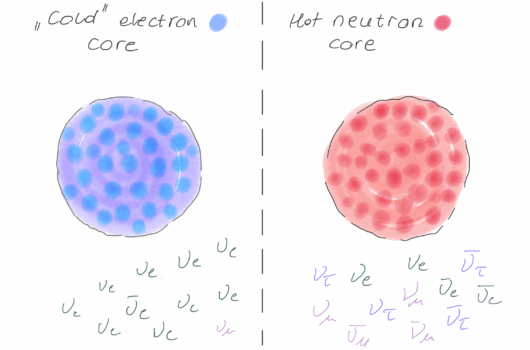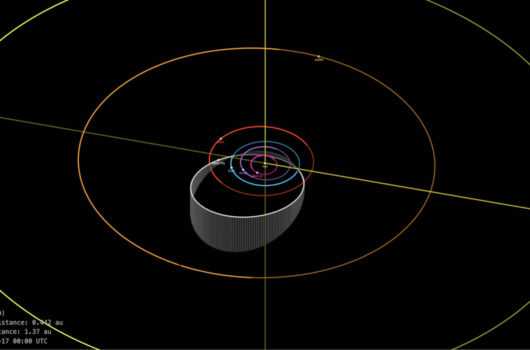Coproduction of Light and Heavy r-process Elements via Fission Deposition
Coproduction of Light and Heavy r-process Elements via Fission Deposition
View
Abstract
We apply for the first time fission yields determined across the chart of nuclides from the macroscopic-microscopic theory of the Finite Range Liquid Drop Model to simulations of rapid neutron capture (r-process) nucleosynthesis. With the fission rates and yields derived within the same theoretical framework utilized for other relevant nuclear data, our results represent an important step toward self-consistent applications of macroscopic-microscopic models in r-process calculations. The yields from this model are wide for nuclei with extreme neutron excess. We show that these wide distributions of neutron-rich nuclei, and particularly the asymmetric yields for key species that fission at late times in the r process, can contribute significantly to the abundances of the lighter heavy elements, specifically the light precious metals palladium and silver. Since these asymmetric yields correspondingly also deposit into the lanthanide region, we consider the possible evidence for coproduction by comparing our nucleosynthesis results directly with the trends in the elemental ratios of metal-poor stars rich in r-process material. We show that for r-process enhanced stars palladium over europium and silver over europium display mostly flat trends suggestive of coproduction and compare to the lanthanum over europium trend which is often used to justify robustness arguments in the lanthanide region. We find that such robustness arguments may be extendable down to palladium and heavier and demonstrate that fission deposition is a mechanism by which such a universality or robustness can be achieved.





